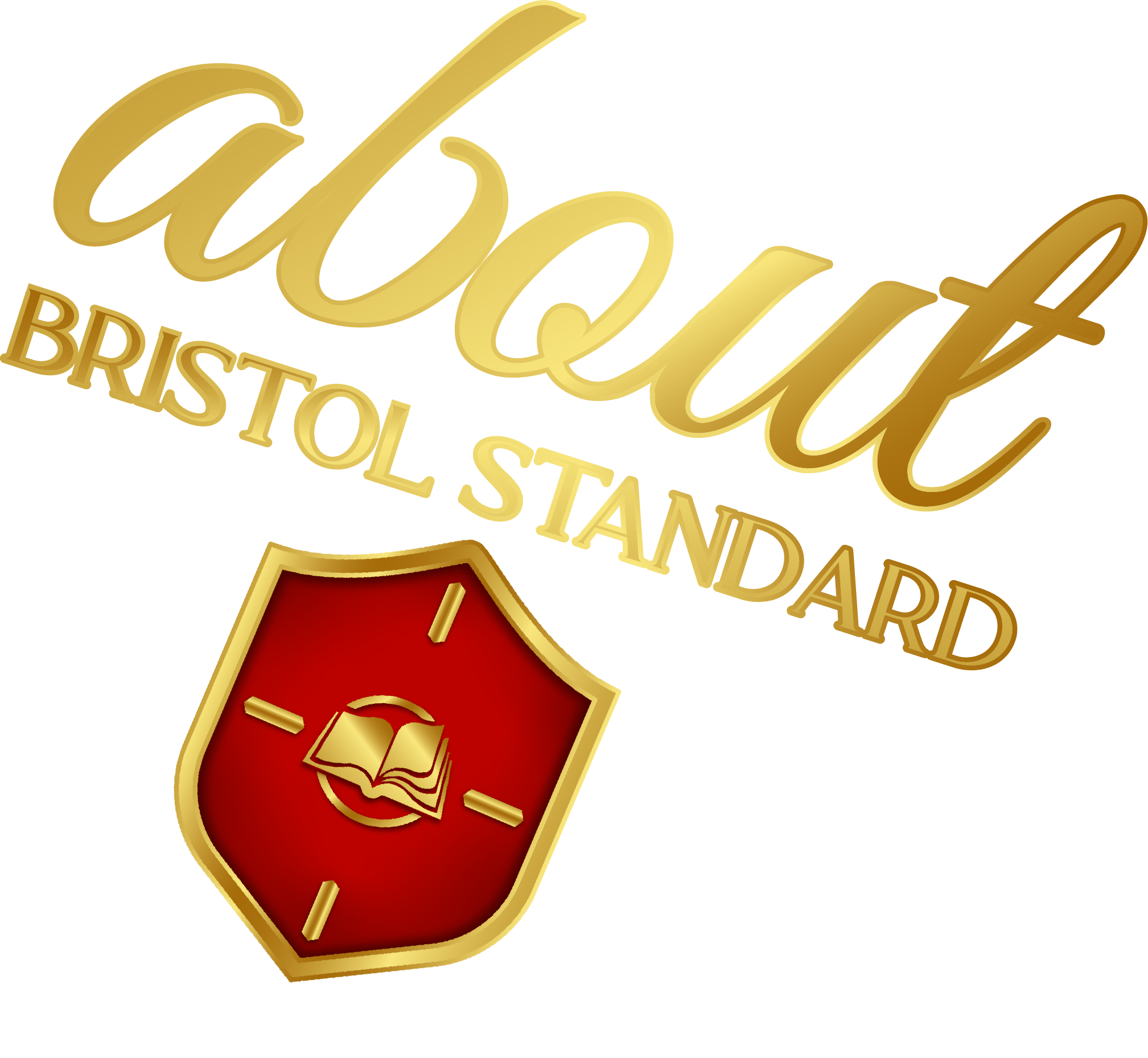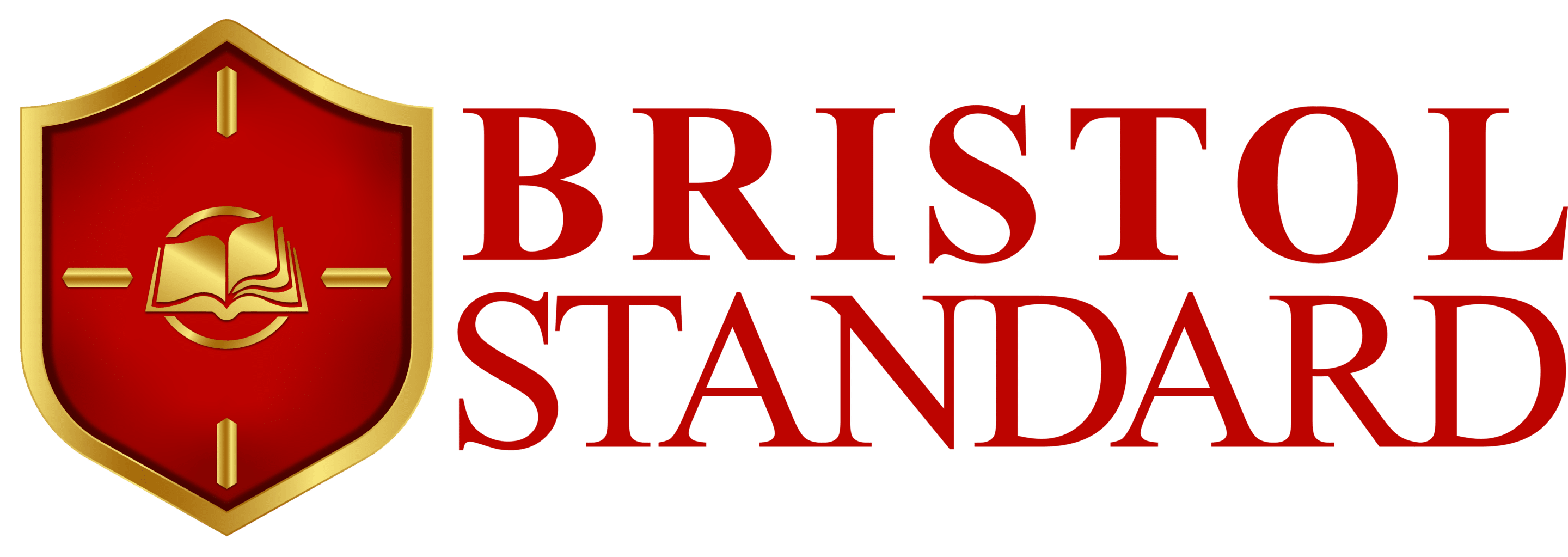What Is Concentrated Phonics?
Why is teaching reading so hard? How can your child get a head start on a thousand words at a time? How many ways can two words rhyme? What will make high school vocabulary easier to master? What is sound “blending?” Can reading be as easy as listening? What do letter sounds have to do with speech sounds? Does reading instruction really have to take three or four years? Why is Reading On Rails™ so much faster?
Watch our founder, Gregory Tuve, as he explains the teaching methodology in the video to the left.
For Speed, Control Word Difficulty and Raise Word Similarity
cat, cap, can, & cad,
but not…
cab or car.
The blue words all begin with C-A. Only the last letter is changing. Children find this easier because they can focus on just one thing (the last letter). As they memorize common sounds of C and A, they’re practicing blending these sounds together smoothly. “Cab” does not belong in this exercise, because the ‘b’ might be read as a ‘d.’ “Car” does not belong here because “ar” is one speech sound spelled with two letters. That’s more advanced.
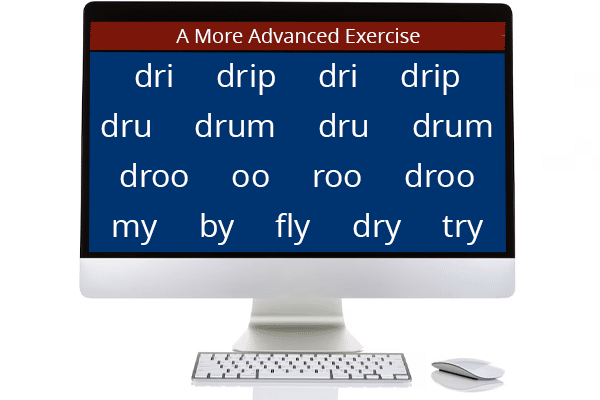
As described above and seen at left, concentrated phonics is…
Sounding out one similar word after another—quickly,
Letter-sound memorization, not word memorization,
Attracting a student’s gaze to each word being pronounced,
Always staying a little above the student’s reading level,
Focusing on the most common and useful letter patterns first,
Focusing intently on a few letters and patterns at a time,
Phased introduction of similar letter shapes (d-b-p, n-u, & others),
Phased introduction of conflicting sounds for the same letter,
Minimizing errors and confusion at every step.
Four More Types of Concentrated Phonics In Reading on Rails
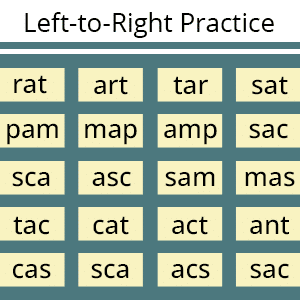
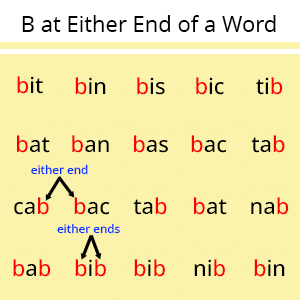
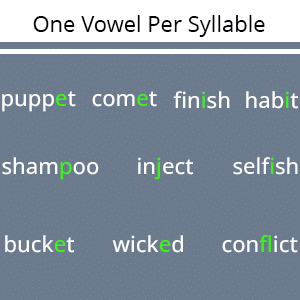
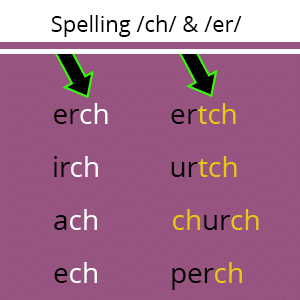
I’ve been working on changing how reading is taught since 2009…
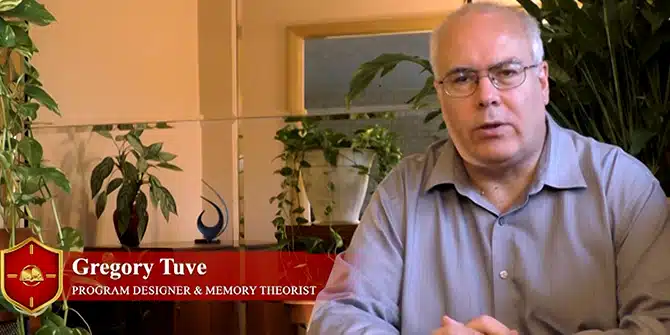
Now it’s time to show
Georgia’s 181 school districts how it’s done.
